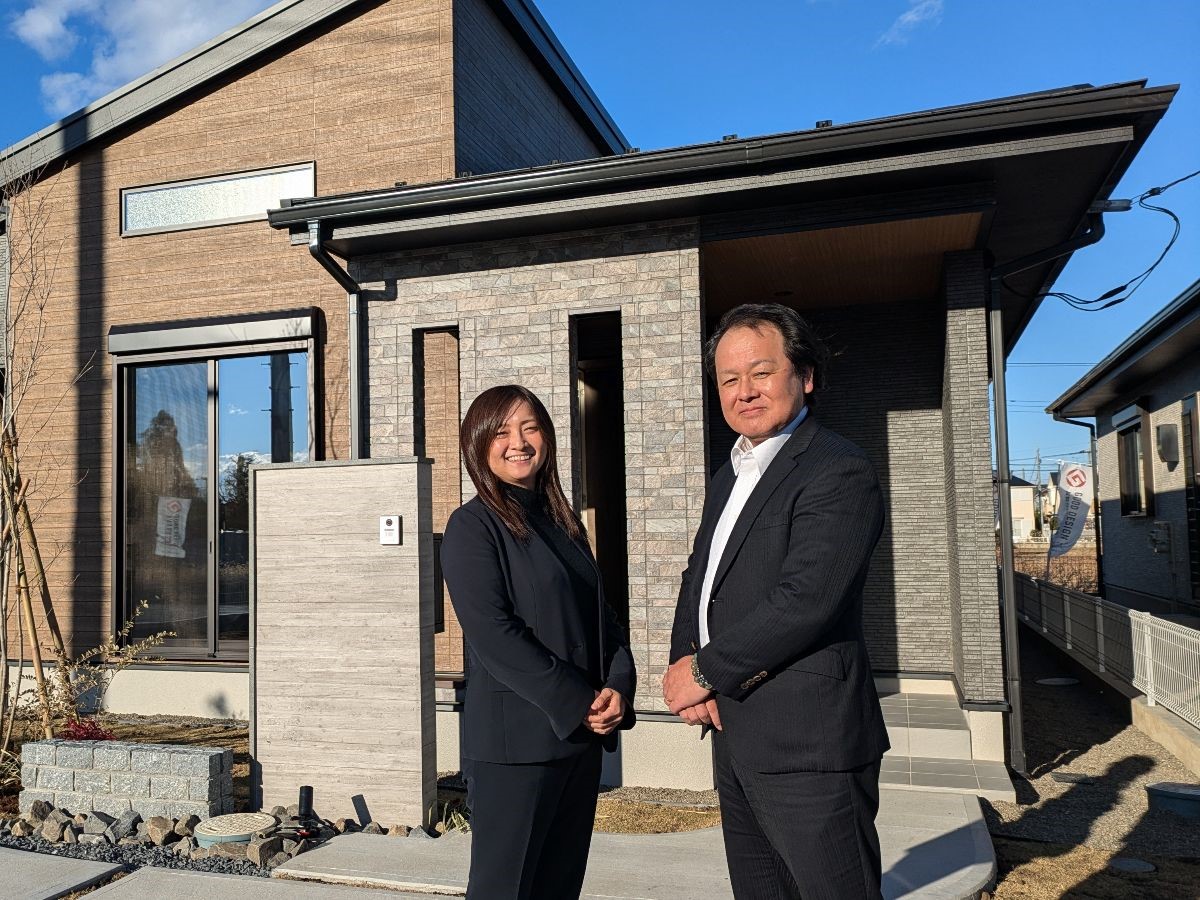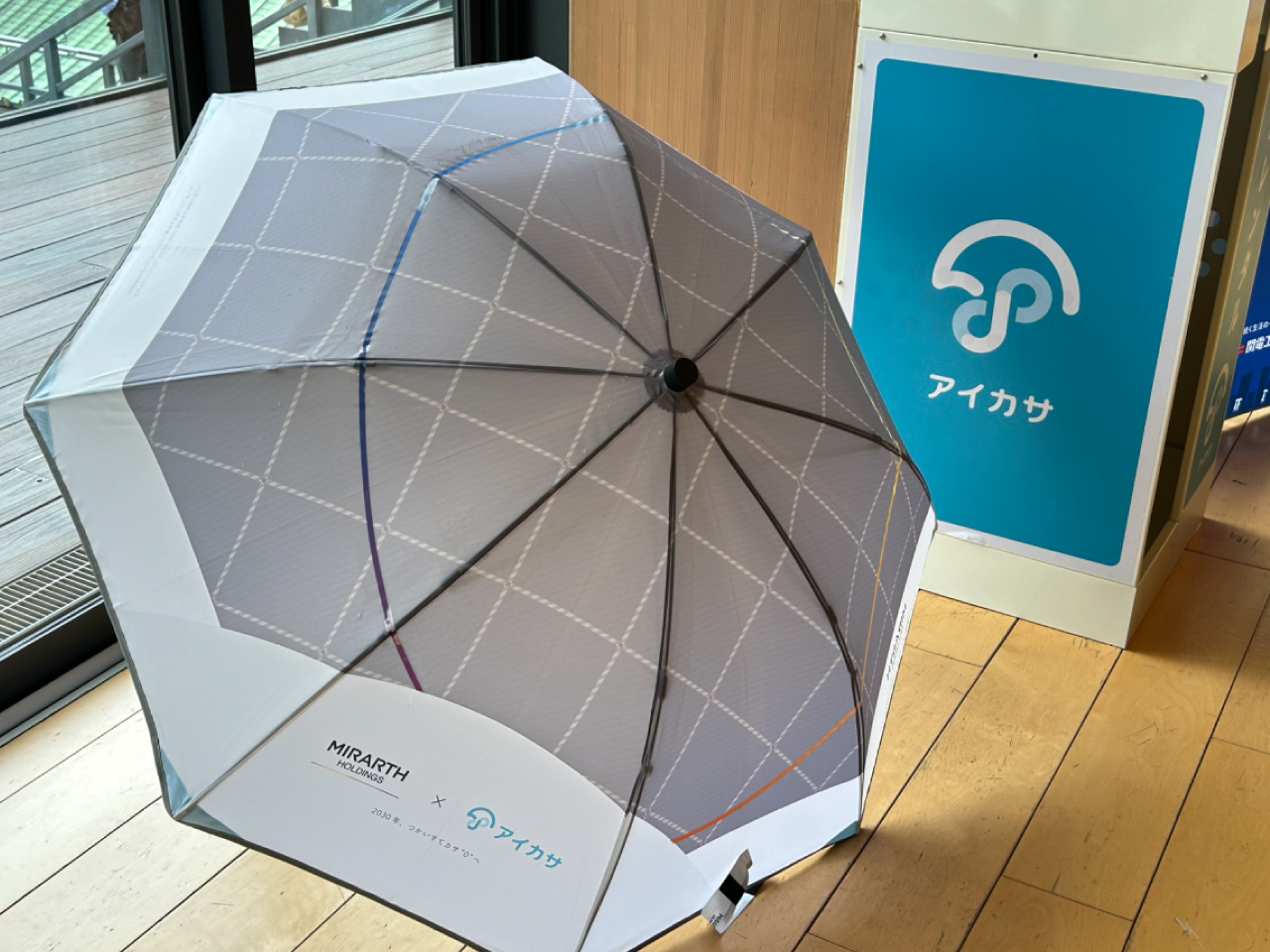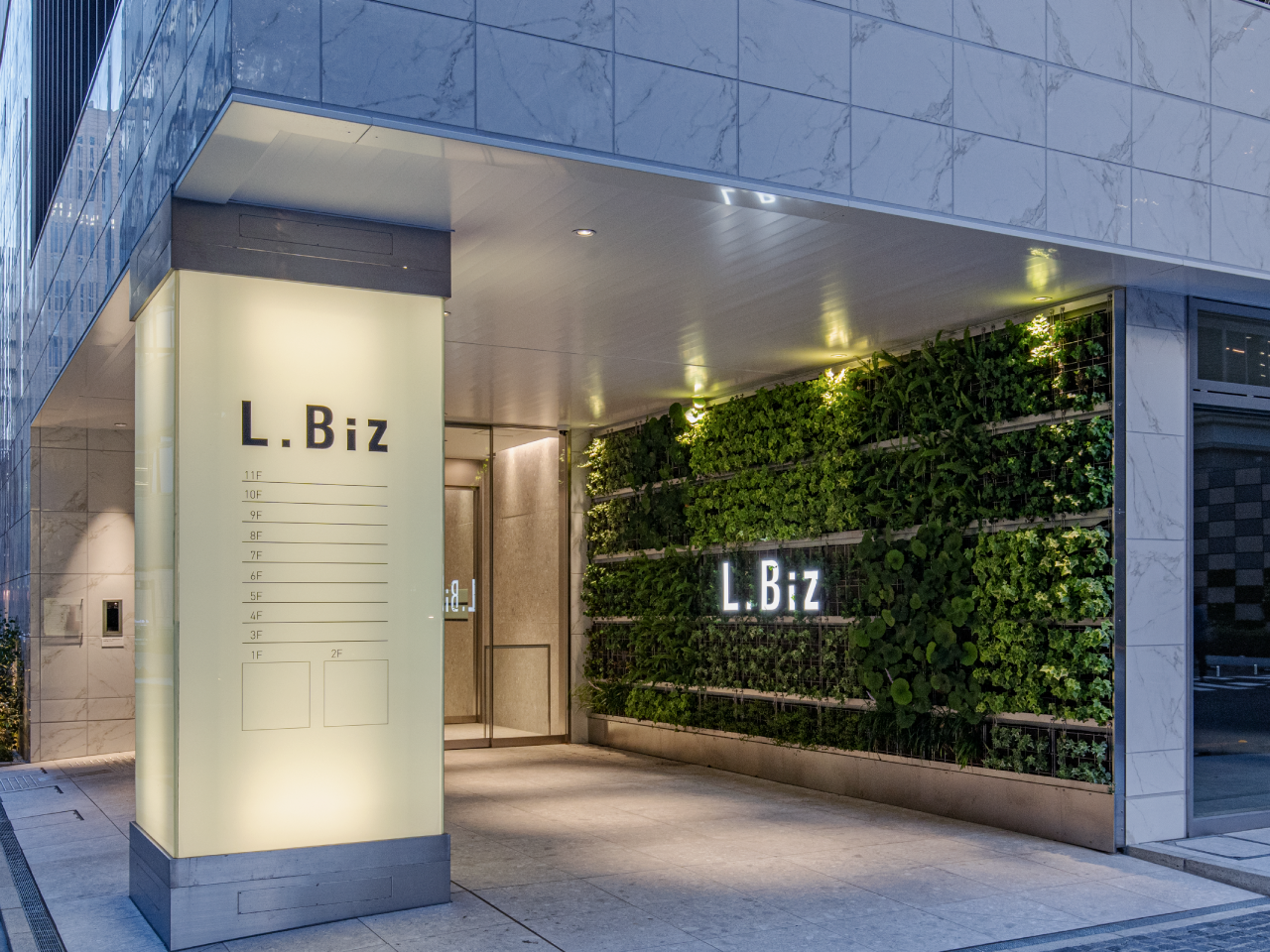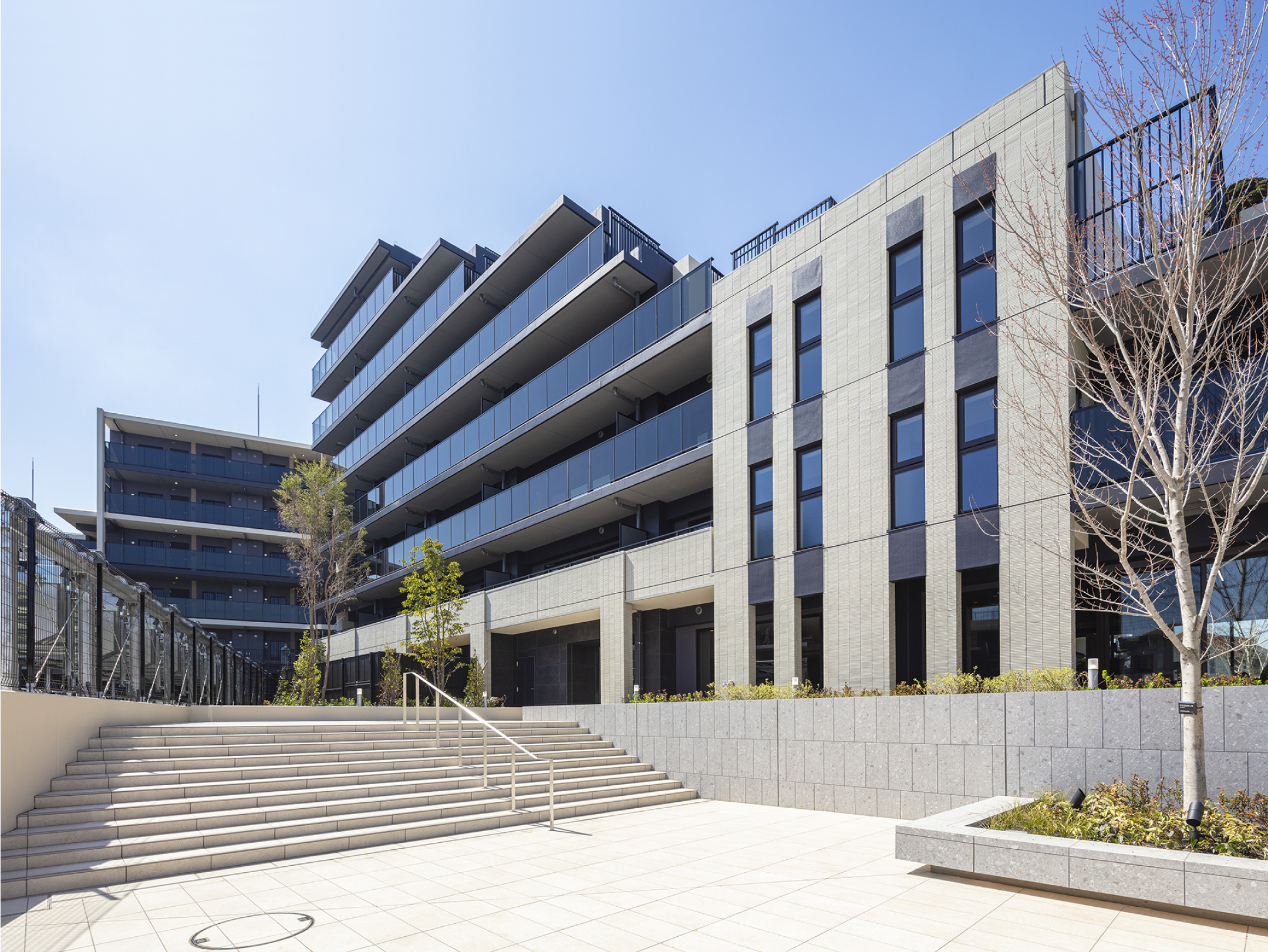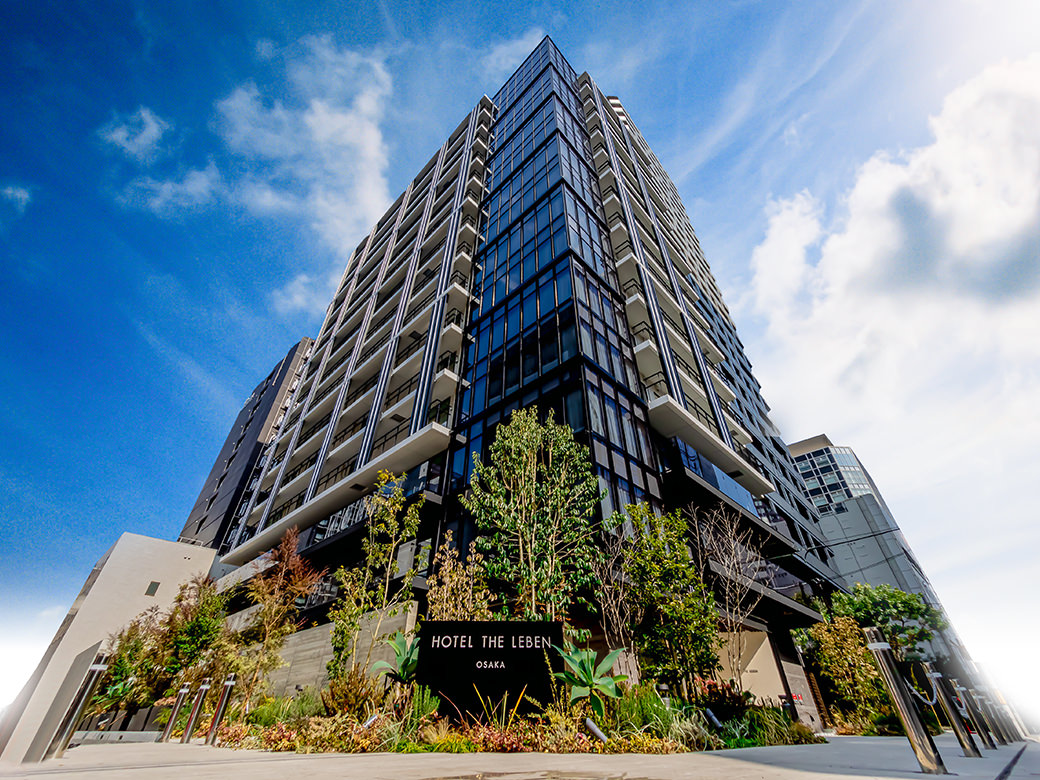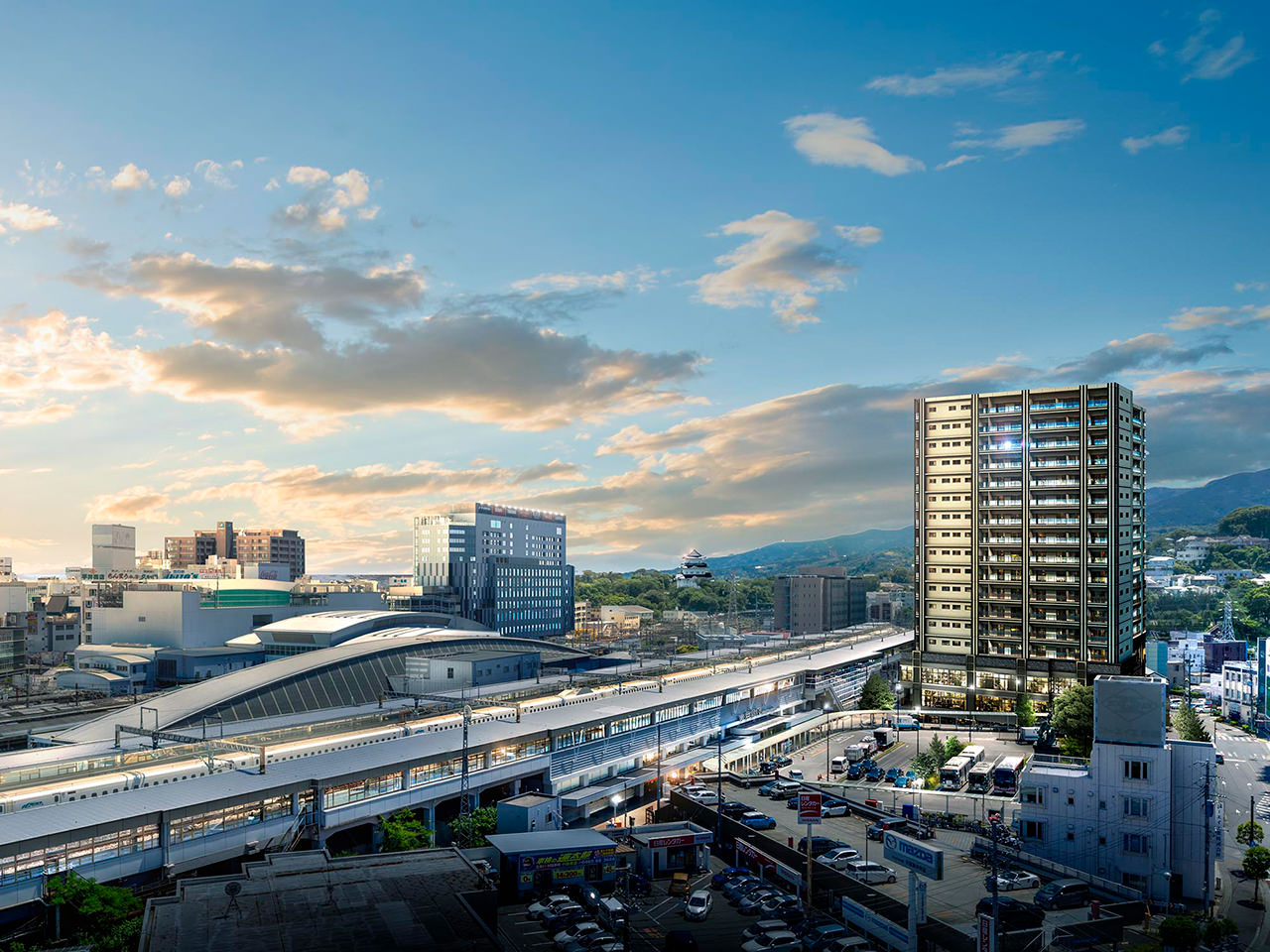1
2023.12.1
Energy
#Environment#Renewable Energy
An unknown challenge at the foot of Mount Fuji.
Together with enthusiastic colleagues, we have realized biomass power generation and contributed to solving local issues.

Messenger

S.R
- Company / Department
- Leben Clean Energy Co.,Ltd.
Renewable Energy Promotion Headquarters Planning Office
Project
Could you please give us an overview of this project?
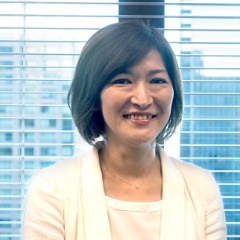 In order to promote power generation using renewable energy, following the solar power generation business, and to contribute to the local community, we have been involved in the operation of a biomass power plant in Fujinomiya City, Shizuoka Prefecture, at the foot of Mt. Fuji. Specifically, we receive cow manure from local dairy farmers, generate electricity using the methane gas generated from the cow manure, and distribute the electricity via the local power company. In addition, the digestive liquid after fermentation can be used as effective fertilizer, so we distribute it to the farmers who donated the cow manure. By establishing this cycle, we have been able to contribute to the local production and consumption of energy and the creation of a sustainable local community. As of 2023, the expected annual power generation is approximately 800,000 kWh, equivalent to the consumption of 160 average households.
In order to promote power generation using renewable energy, following the solar power generation business, and to contribute to the local community, we have been involved in the operation of a biomass power plant in Fujinomiya City, Shizuoka Prefecture, at the foot of Mt. Fuji. Specifically, we receive cow manure from local dairy farmers, generate electricity using the methane gas generated from the cow manure, and distribute the electricity via the local power company. In addition, the digestive liquid after fermentation can be used as effective fertilizer, so we distribute it to the farmers who donated the cow manure. By establishing this cycle, we have been able to contribute to the local production and consumption of energy and the creation of a sustainable local community. As of 2023, the expected annual power generation is approximately 800,000 kWh, equivalent to the consumption of 160 average households.
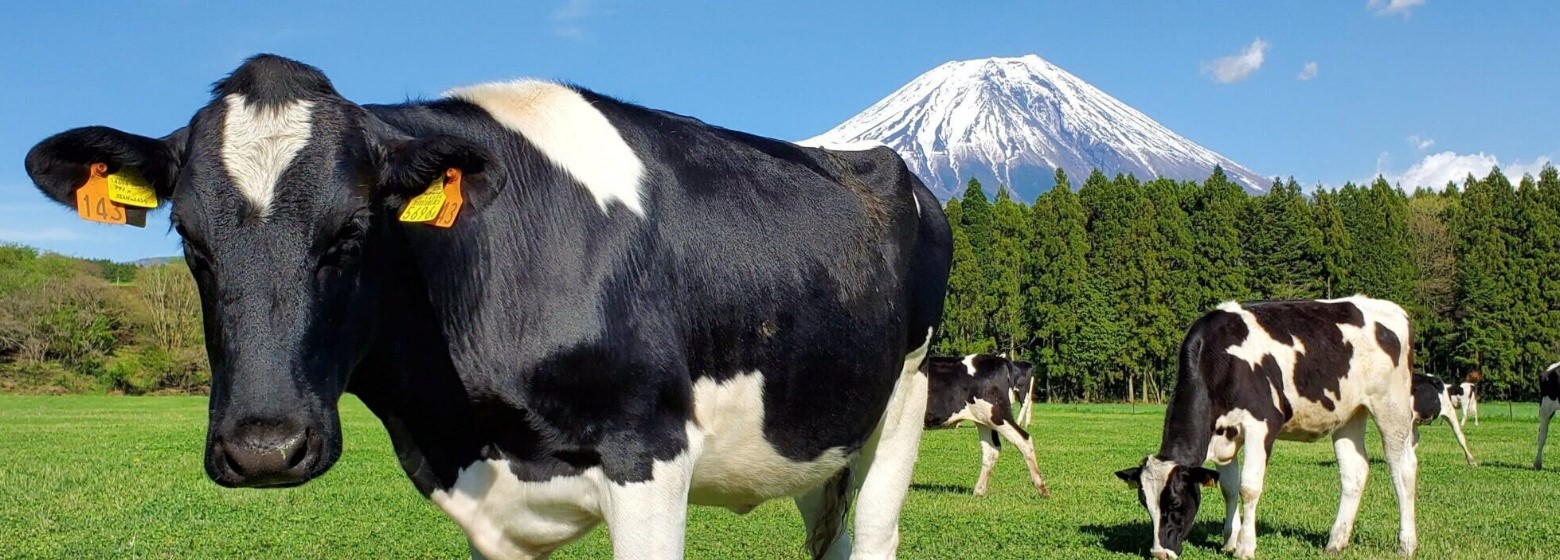
What is the management structure?
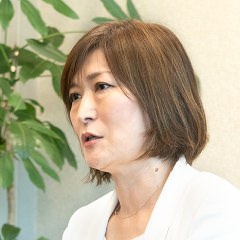 It is run by three companies: Tsuchiya Daily Equipment Mfg. Co., a plant manufacturer in Hokkaido, Suzuki Motor Corporation, which is headquartered in Shizuoka Prefecture, and Leben Clean Energy Co., Ltd., Ltd. In addition, we believe that from a long-term perspective, it is Sustainability to have local people involved, so we are getting cooperation from agricultural cooperatives in the actual operation of the facility.
It is run by three companies: Tsuchiya Daily Equipment Mfg. Co., a plant manufacturer in Hokkaido, Suzuki Motor Corporation, which is headquartered in Shizuoka Prefecture, and Leben Clean Energy Co., Ltd., Ltd. In addition, we believe that from a long-term perspective, it is Sustainability to have local people involved, so we are getting cooperation from agricultural cooperatives in the actual operation of the facility.

Why did you decide to use cow manure?
 From the beginning, we set a big goal of creating a "regional circulatory symbiosis zone." We decided on biomass power generation as a concrete action because we learned that while this region is blessed with abundant nature, it takes a lot of effort and cost to process cow dung, and there are concerns about issues such as foul odors and water pollution. What pushed me further was the voice of the farmers, who said, "We don't want our children to see our backs struggling with cow dung." If we can use cow dung to generate renewable energy, we can solve both the local problem and achieve our goal. Reaching this conclusion solidified the framework of this project.
From the beginning, we set a big goal of creating a "regional circulatory symbiosis zone." We decided on biomass power generation as a concrete action because we learned that while this region is blessed with abundant nature, it takes a lot of effort and cost to process cow dung, and there are concerns about issues such as foul odors and water pollution. What pushed me further was the voice of the farmers, who said, "We don't want our children to see our backs struggling with cow dung." If we can use cow dung to generate renewable energy, we can solve both the local problem and achieve our goal. Reaching this conclusion solidified the framework of this project.

Points
What did you pay particular attention to throughout the project?
 In fact, the plant currently in use was built by the Ministry of the Environment as a model project for the environmentally friendly use of biomass resources, and was scheduled to be demolished after one year of demonstration experiments. However, we felt that it would be a waste to demolish the facility, which had been completed after a great deal of time and money, after such a short period of time, and so we persistently negotiated with the local government and people in the area to see if we could somehow reuse it.
In fact, the plant currently in use was built by the Ministry of the Environment as a model project for the environmentally friendly use of biomass resources, and was scheduled to be demolished after one year of demonstration experiments. However, we felt that it would be a waste to demolish the facility, which had been completed after a great deal of time and money, after such a short period of time, and so we persistently negotiated with the local government and people in the area to see if we could somehow reuse it.
Have you ever taken any precautions to gain support from government officials or local people?
 A conference was held to promote the project, but initially there was some resistance to our plans. So, in order to gain the acceptance of the local people, we continued to visit for about a year and a half, exchanging opinions on numerous occasions. We also visited farmers and asked them to fill out questionnaires. Through these steady activities, we were able to connect with people who were enthusiastic about the need for biomass power generation. After persistently lobbying the local government, we were able to gain their support. We were really happy to be accepted as partners, and the time we spent pooling our wisdom together to find a good solution was very enjoyable.
A conference was held to promote the project, but initially there was some resistance to our plans. So, in order to gain the acceptance of the local people, we continued to visit for about a year and a half, exchanging opinions on numerous occasions. We also visited farmers and asked them to fill out questionnaires. Through these steady activities, we were able to connect with people who were enthusiastic about the need for biomass power generation. After persistently lobbying the local government, we were able to gain their support. We were really happy to be accepted as partners, and the time we spent pooling our wisdom together to find a good solution was very enjoyable.
Please tell us about the results of your efforts and customer reactions.
 By creating a regional circulatory symbiosis zone while resolving regional issues, I believe we have been able to realize a situation in which both the local community and our business operators can be happy. Some companies also became interested in the project after reading a newspaper article about it. In fact, Suzuki Motor Corporation, which is cooperating with us as a joint venture partner, was one of those companies. When other local companies approached us saying they wanted to buy electricity, it made me feel like I was contributing to the community, which made me happy.
By creating a regional circulatory symbiosis zone while resolving regional issues, I believe we have been able to realize a situation in which both the local community and our business operators can be happy. Some companies also became interested in the project after reading a newspaper article about it. In fact, Suzuki Motor Corporation, which is cooperating with us as a joint venture partner, was one of those companies. When other local companies approached us saying they wanted to buy electricity, it made me feel like I was contributing to the community, which made me happy.
Is there anything you would like to work on or challenge in the future?
 Our immediate goal is to maintain the current operating structure well. The three companies participating in the LLC are all involved in this business with different objectives, so we want to carefully align everyone's thoughts and values and develop it into a Sustainability business for 10 or 20 years. Suzuki Motor Corporation has also seen the possibility of expanding this business overseas, so we would like to work hard to meet their expectations. As for my personal goal, I would like to be able to cover my company's electricity needs with renewable energy that we have produced ourselves in the future. In order to achieve this goal, I would like to continue to persevere in the future.
Our immediate goal is to maintain the current operating structure well. The three companies participating in the LLC are all involved in this business with different objectives, so we want to carefully align everyone's thoughts and values and develop it into a Sustainability business for 10 or 20 years. Suzuki Motor Corporation has also seen the possibility of expanding this business overseas, so we would like to work hard to meet their expectations. As for my personal goal, I would like to be able to cover my company's electricity needs with renewable energy that we have produced ourselves in the future. In order to achieve this goal, I would like to continue to persevere in the future.
"To design sustainable environments for a happier future for both people and our planet." What does this mean?
 By utilizing local resources to generate renewable energy, we aim to build a regional circular symbiosis zone and ensure safe and Sustainability living for local residents.
By utilizing local resources to generate renewable energy, we aim to build a regional circular symbiosis zone and ensure safe and Sustainability living for local residents.





